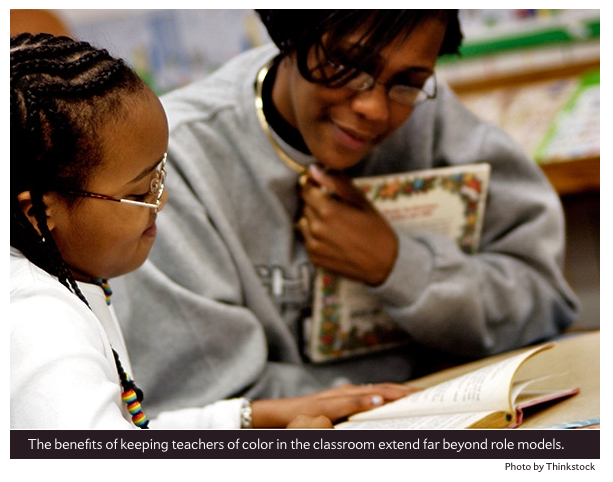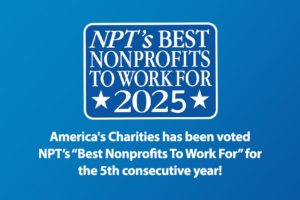Sarah Ford | December 19, 2014
Our Teacher Diversity Problem Is Not Just About Recruitment. It’s About Retention.
By Alexandria Neason
As a fifth-grade student in Clarksville, Tennessee, a small city near Nashville, I constantly got in trouble. Just about every day, I came home with a pink slip. I didn’t always know what I’d done wrong. But I knew the pink slips weren’t good and that three of them added up to detention. That’s where I—one of only a few black students at the school—spent countless afternoons.
The teacher, who was white, told my mother that I moved around too much and finished assignments too quickly. The teacher said she didn’t understand me; she suggested I get tested for attention deficit disorder.
My mother had a different interpretation. You were “a black student she couldn’t control,” she told me recently. “She wanted a reason for that.”
I was the child of an Army officer, so we moved around a lot. I attended seven different public schools in six states before leaving home for college. In all, I had just one black teacher: Mrs. Bishop, at MacArthur Elementary School in Ft. Leavenworth, Kansas. That year was my strongest academically. I’m convinced there was a reason for that.
Nationwide, we have a teacher diversity problem. This year, for the first time in our country’s history, a majority of public school students are children of color. But most teachers—82 percent in the 2011-2012 school year—are white. That figurehasn’t budged in almost a decade.

Get Resources and Insights Straight To Your Inbox
Explore More Articles
How the “Big Beautiful Bill” Will Impact Individual Giving and Employer-Sponsored Workplace Giving Programs
The One Big Beautiful Bill was signed into law on July 4, 2025, introducing a range of provisions that will affect how individuals, companies, and…
Read ArticleFor Fifth Consecutive Year America’s Charities Named ‘Best Nonprofit To Work For’
Washington, D.C. – April 1, 2025 – America’s Charities, the nonprofit that mobilizes the power of giving as a leading provider of volunteering, workplace giving,…
Read ArticleWorkplace Fundraising + Volunteering Summit (April 2nd and 3rd, 2025)
Join us in attending this virtual summit! The America’s Charities team is joining up with other leading voices in the workplace giving space for a…
Read ArticleGet Resources and Insights Straight To Your Inbox
Receive our monthly/bi-monthly newsletter filled with information about causes, nonprofit impact, and topics important for corporate social responsibility and employee engagement professionals, including disaster response, workplace giving, matching gifts, employee assistance funds, volunteering, scholarship award program management, grantmaking, and other philanthropic initiatives.




